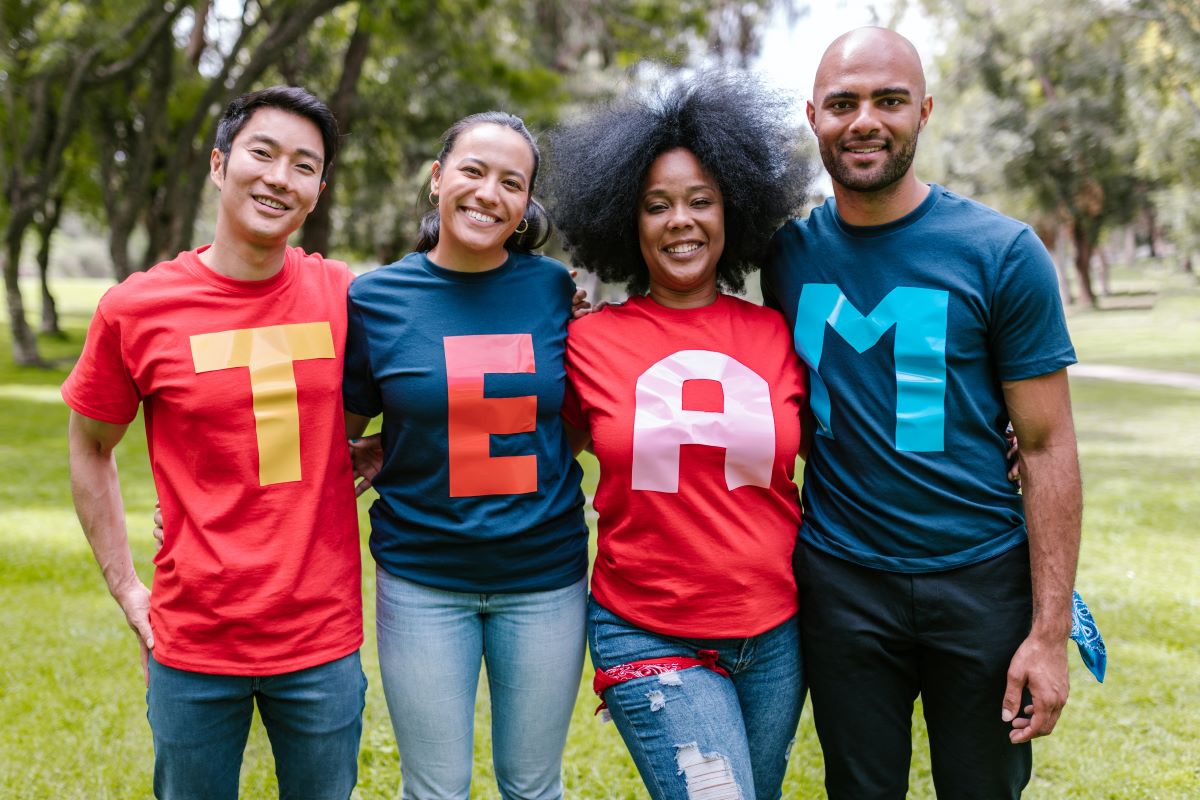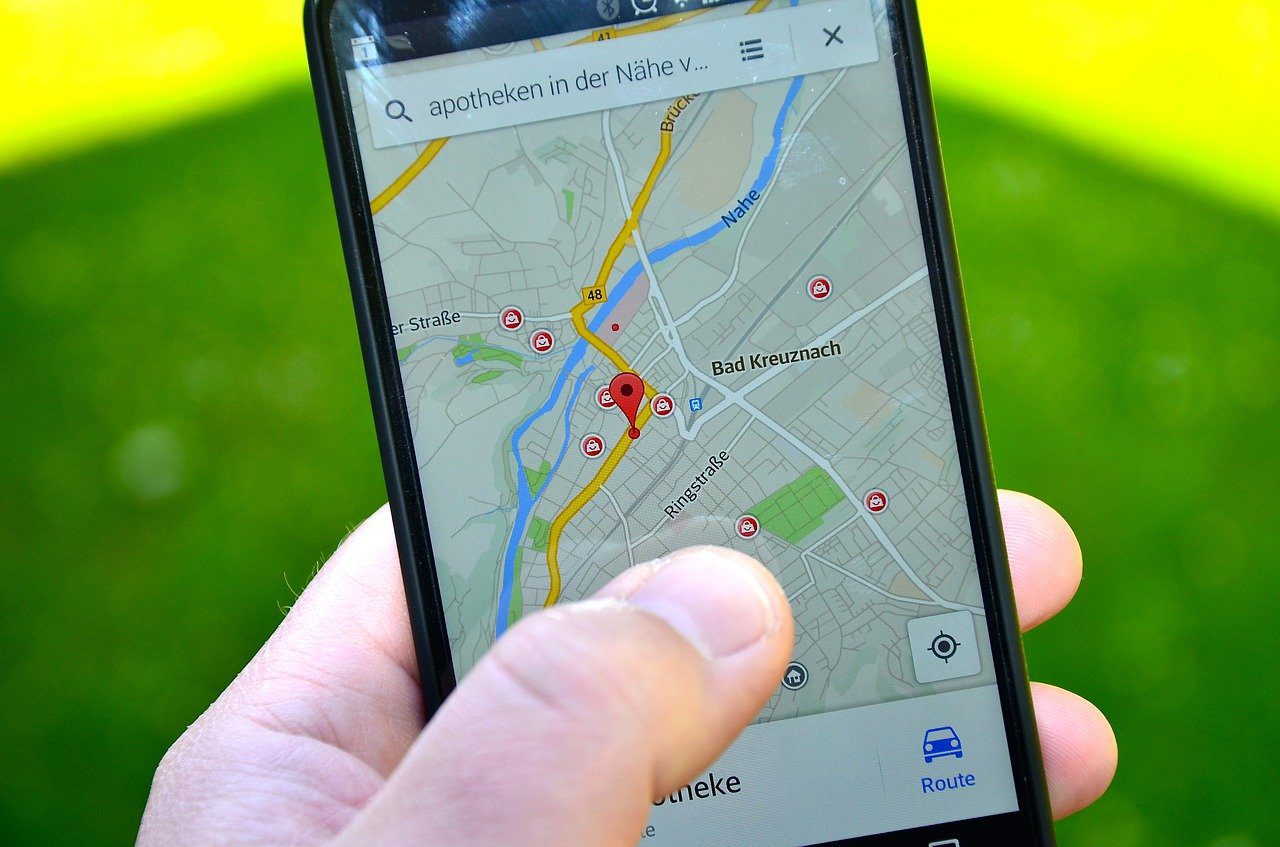5 tips on how team bonding can assist to build a solid company culture

Building a positive organizational culture is beyond occasional perks and monetary benefits. When people trust each other and connect with each other on a personal level, they tend to be more committed to their employers and go beyond the call of duty. Team bonding activities are one way to bring employees together on a personal level. Team bonding activities have also gained more popularity post-pandemic as employers are grappling to rebuild positive organization cultures. For example, Organizing team bonding activities in Singapore is now more than just fun. Employees and employers in Singapore have been vocal that the pandemic has taken a toll on mental health and team bonding activities can help in reinforcing a positive work culture. Therefore, team bonding activities are no doubt a highly impactful way to build a solid work culture.
Here are 5 ways in which team bonding helps in building culture:
Builds a set of values and beliefs
The set of underlying values and beliefs within an organization is the foundation of it’s culture. When teams or individuals do not align with these values, a positive organizational culture cannot be built. Team building activities not only help in building these values but also help in preserving them. While doing team activities they also evolve into supporting each other, identifying team strengths, and communicating effectively. Some examples of activities that can help in building these values are lunch or dinners, celebrating milestones, recognizing hidden talents, investing in employee’s individual growth etc.
Fosters personal interactions among team members
Culture cannot exist when people do not interact with each other. Social interactions help team members in understanding each other better and nurturing personal relationships. When teams get together to interact on a personal level, they build lasting bonds and make memorable impressions. These bonds help in building a culture that is welcoming, positive, and enduring. Some examples of activities that build personal bonds are truth or dare, a cooking session, an outdoor game day, movie nights, etc. The most important aspect for an activity to successfully build team bonds is to be as much fun as possible. When individuals build memories while interacting with each other, it leads to positive experiences.
Facilitates interactions between leadership and team members
While building a culture is the foundation, preserving it and reinforcing it as a part of organization’s operations is detrimental to the success of an organization. Leadership of the organization and their interactions with team members are pivotal to reinforcing organizational culture. These activities are an opportunity for leaders to engage with their team members and build trust and empathy. Leaders do not have to be worried about becoming vulnerable or losing authority when they interact on a personal level with team members. These activities allow leaders to build transparent and empathetic connections with team members.
Improves collaboration
A highly collaborative organizational culture is one of the strengths of a productive team. When there is a culture that encourages, supports, and promotes collaboration team members feel welcomed and engaged. Team bonding is critical to building a highly collaborative culture. When team members do not share personal bonds they do not trust each other and collaboration becomes forced. This will also lead to rigid and non-communicative teams. Team bonding activities like escape rooms, scavenger hunts etc are great for improving collaboration.
Boosts employee morale
Lastly, a good organizational culture thrives when employees are positive and motivated. Demotivated employees do not take an active part in building the organization’s culture. Organizing team bonding activities regularly helps in cultivating this positive mindset. As these activities provide an opportunity for employees to interact beyond their work desks, a sense of belonging and camaraderie is developed. Furthermore, these activities also bring together individuals to collaborate on a collective goal. Some examples of team bonding activities that are great for motivating employees are outdoor sports days, group fitness sessions, challenges, etc.
Team bonding activities if well organized can have a significant impact on an organization’s culture. They reflect the organization’s commitment to employee well-being and individual success along with the organization’s success. Building culture is also a collective effort rather than individual. Therefore, organizing team building activities regularly will not only build the company culture but also help in preserving it.

 Automotive engineering is one of the toughest engineering courses. So, if you are also looking to become an automotive engineer, you must be prepared with
Automotive engineering is one of the toughest engineering courses. So, if you are also looking to become an automotive engineer, you must be prepared with 


